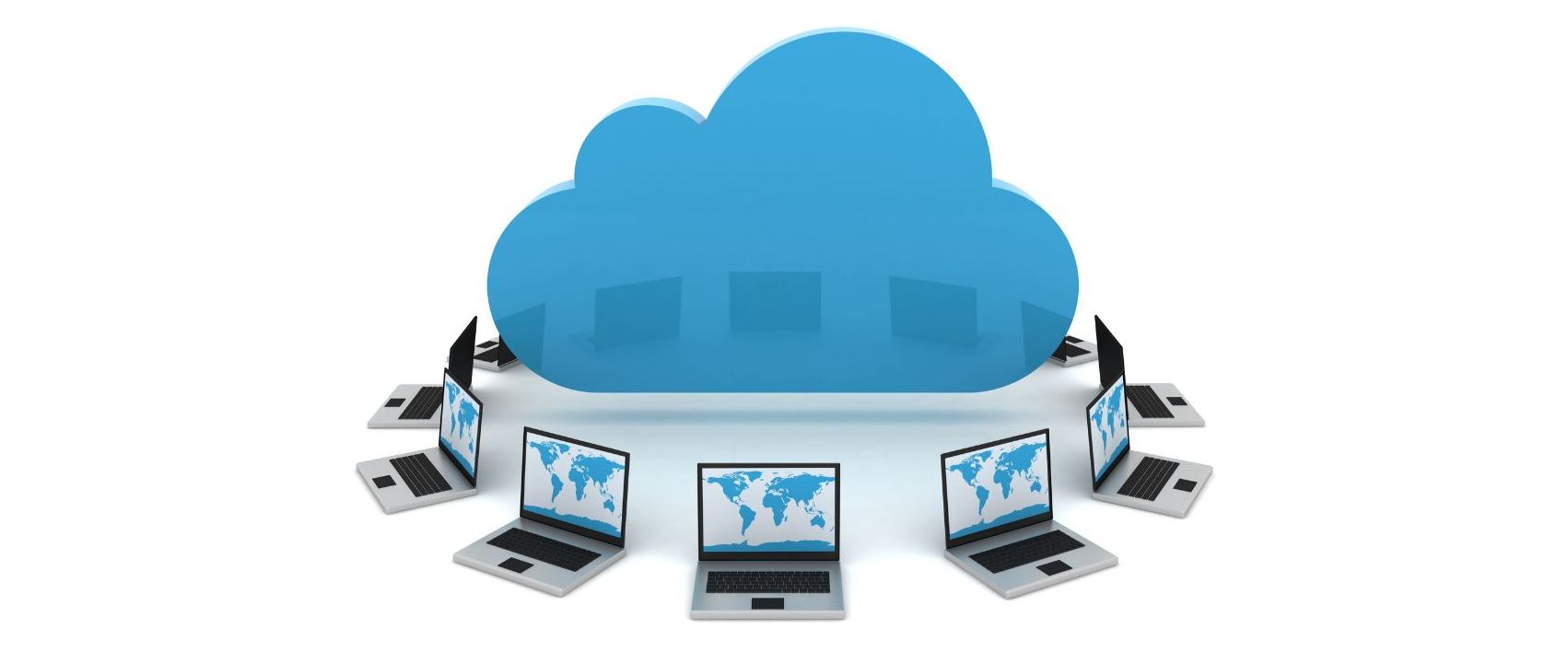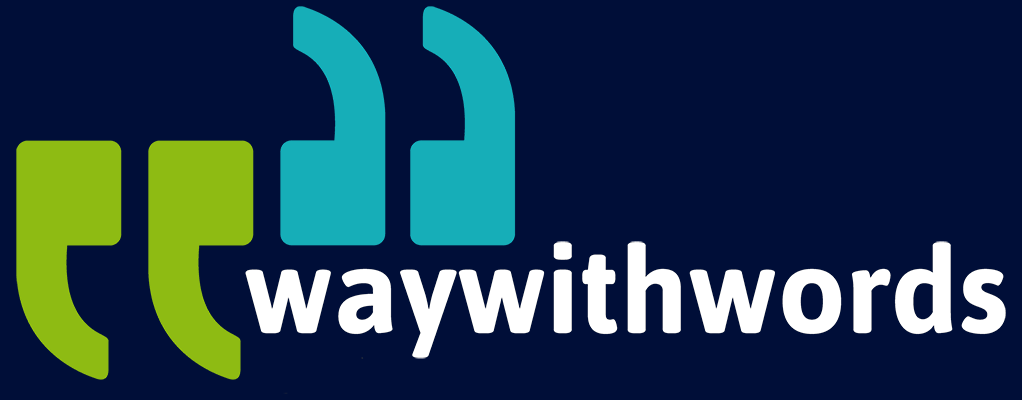Ensuring Security in Speech Data Storage: Best Practices & Protocols
What are the Security Measures for Storing Speech Data?
In a time when speech data supports a wide range of services—from AI training and voice search technology to legal compliance and healthcare transcription—the requirement to protect such audio content has become fundamental for every organisation working with recorded or transcribed speech. Whether conversations are collected through customer support lines, telemedicine platforms, or multilingual survey research, any failure to store this information securely can have serious consequences.
Modern organisations manage increasingly large repositories of speech data. These repositories can exist in cloud environments, private servers, or hybrid setups. At this scale, security vulnerabilities multiply unless robust measures are built into every level of the data storage and access process. The misuse or unauthorised access of voice recordings can expose personal details, violate data privacy regulations, and severely damage reputational trust. For companies handling sensitive voice files, storing speech data securely is not just best practice—it is a core requirement of doing business ethically and lawfully.
The following questions frequently arise when planning or reviewing a secure speech data storage strategy:
- How is speech data encrypted and stored across environments and devices?
- Who determines access levels to speech recordings, and how is that access documented and monitored?
- What compliance obligations do we have to meet when storing client or user voice data?
This short guide explores these critical questions by outlining key concepts, reliable safeguards, and the most effective data privacy strategies.
10 Key Points to Consider for Speech data Security
1. Importance of Security Measures for Speech Data
Speech recordings often include private conversations or identifiable details about individuals, organisations, or clients. This makes them a rich target for malicious actors. From names and addresses to medical symptoms or financial details, what is spoken in a recording could easily be misused if accessed without the right controls.
Organisations must view speech data as a sensitive data class that requires clear policies for who handles it, how it’s protected, and when it should be deleted. Investing in security speech data storage not only meets legal obligations, but also upholds the trust placed by those whose voices are being recorded.
2. End-to-End Encryption Protocols
Encrypting speech data from the point of recording until its final storage location is an essential defence mechanism. End-to-end encryption ensures that audio files are encoded at the source and only decoded by the intended recipient or secure system. Technologies like AES-256 for data at rest and TLS 1.3 for data in transit are widely recognised as secure standards. To avoid vulnerabilities, organisations must also maintain secure key management infrastructure, rotate keys regularly, and adopt protocols for decryption access in case of emergencies. These actions form a core part of any defence strategy.
3. Role-Based Access Control (RBAC)
A major risk in data security is not just external threats, but internal mishandling. RBAC helps prevent unauthorised internal access by limiting permissions to only those whose roles require them. By segmenting data access according to operational needs—e.g., transcription editors only accessing assigned files—organisations can reduce the potential damage of both human error and malicious intent. Logs of who accessed which files and when should be maintained, while quarterly reviews of access roles can help prevent outdated or overly broad permissions.

4. Secure Cloud Storage and Redundancy
Cloud platforms offer highly secure storage capabilities, but only if configured correctly. Public misconfigurations remain one of the leading causes of data leaks. Providers like Amazon Web Services (AWS), Microsoft Azure, and Google Cloud include strong security measures, such as data encryption at rest, granular access control, and geographic data replication.
Redundancy is key: speech data should never be stored in a single location. Creating mirrored environments across multiple regions protects against outages and natural disasters. Moreover, implementing cloud access alerts and audit systems enables organisations to detect suspicious behaviour early.
5. Data Anonymisation and Tokenisation
Privacy regulations encourage—and often require—organisations to reduce personal identifiability. Two widely used strategies include anonymisation and tokenisation. Anonymisation permanently removes identifying features (such as speaker names), while tokenisation substitutes these features with pseudonyms that can be reversed only by a separate, encrypted key.
When applied to transcripts and metadata, these techniques minimise harm in the event of a breach. It is also possible to apply voice distortion or redaction in the audio itself to further anonymise the content. These approaches add an important extra layer of security.
6. Compliance with Global Standards (GDPR, HIPAA, POPIA, etc.)
Around the world, different regions enforce strict rules on how speech data is collected, stored, and shared. For example:
- Under GDPR, organisations must collect explicit consent and provide transparency on retention.
- HIPAA requires that speech related to patient health be stored in secure, access-controlled environments.
- POPIA mandates responsible parties to maintain integrity and confidentiality of personal information in South Africa.
Non-compliance can result in heavy penalties, including fines and lawsuits. Organisations need to routinely audit their data flows and ensure that contracts with vendors and third parties meet jurisdictional requirements.
7. Monitoring and Audit Trails
Even the best technical defences can fail if breaches go undetected. Continuous monitoring tools track how, when, and where speech data is accessed. Automated alerts flag unusual access behaviour such as large downloads, unusual login times, or access from unknown IPs. Maintaining audit trails of user interactions, system changes, and file handling helps prove compliance in the event of a data incident. Having this log information also assists with quick response and correction during a breach, supporting regulatory reporting obligations.

8. Secure Data Lifecycle Management
Speech data should never exist indefinitely. Each file collected should follow a clearly defined lifecycle—from collection and classification to archiving or deletion. Organisations must implement automated processes to ensure data is retired after a specified period or once its original purpose has been fulfilled. Secure deletion involves more than dragging a file to the recycle bin: data wiping protocols, encryption key destruction, and hardware sanitisation are essential. These steps also help manage storage costs and reduce data overload.
9. Employee Training and Awareness Programmes
People often represent the weakest link in the security chain. Phishing emails, accidental sharing, or weak passwords can easily compromise even the most well-designed infrastructure. That’s why regular and updated training is crucial. Employees should be taught not only what the risks are but how to respond if something goes wrong. Role-specific training ensures team members understand the exact procedures for securely handling and transferring speech data. Frequent awareness campaigns, posters, email reminders, and scenario testing help keep the importance of speech data privacy top of mind.
10. Preparing for Future Threats: AI and Quantum Computing Risks
The future of cyberthreats includes AI-generated attacks and quantum computing breakthroughs that could render current encryption obsolete. Deepfake technology, for instance, can be used to mimic voices and bypass identity checks. At the same time, quantum computing could eventually break widely used cryptographic algorithms, exposing previously secure archives. Organisations must invest in post-quantum encryption research, follow advancements in AI detection technologies, and plan for cryptographic agility—being ready to adopt new encryption protocols rapidly when existing ones are compromised.
Key Tips for Storing Speech Data Securely
- Use strong encryption standards both at rest and in transit (e.g., AES-256, TLS 1.3).
- Implement strict access controls and audit user activities regularly.
- Partner with vendors that meet compliance standards and conduct regular security assessments.
- Always anonymise sensitive data where possible to reduce privacy risk.
- Maintain backup and disaster recovery protocols with secure replication.
Securing speech data is a complex task that involves far more than simply uploading audio files to the cloud. It requires an integrated strategy encompassing technical, procedural, legal, and human factors. From robust encryption and tightly controlled access permissions to regular compliance checks and employee education, every layer must work together to reduce risk.
Organisations that implement speech data privacy measures with care and foresight not only avoid regulatory scrutiny—they also build stronger relationships with clients, users, and partners who expect their voices to be protected. Looking ahead, the need to stay adaptive will only grow. Emerging threats from AI and quantum computing demand that companies prepare now by investing in forward-compatible technologies and cryptographic solutions.
Ultimately, success in storing speech data securely comes down to proactive governance, continuous improvement, and a shared organisational commitment to protecting voice data as a valued digital asset.
Further Speech Data Resources
Wikipedia: Data Security – An overview of data security principles and technologies, essential for understanding security measures for speech data storage.
Way With Words: Speech Collection – Way With Words implements robust security measures for storing speech data, ensuring confidentiality and integrity. Their solutions comply with global standards, safeguarding sensitive information and maintaining trust among clients and stakeholders.
